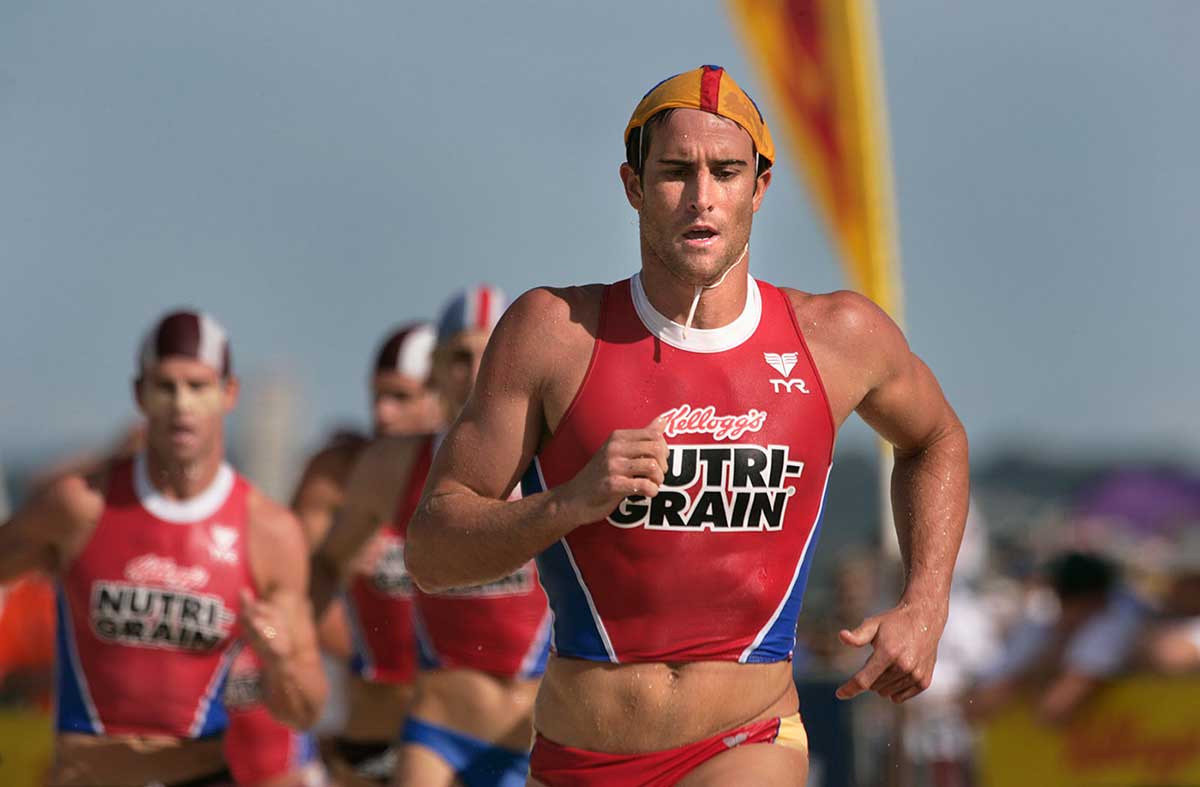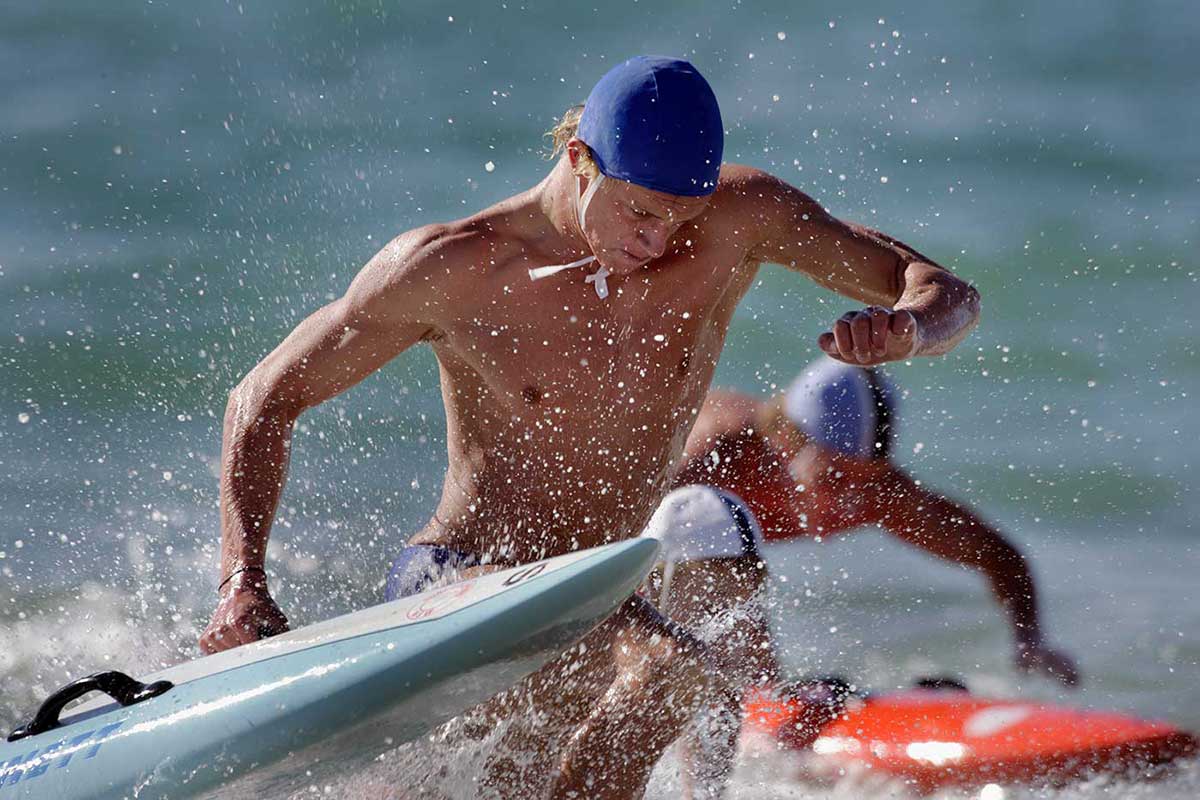The surf lifesaver has become an Australian icon. In the 1920s the surf lifesaver replaced the bushman and the digger as the typical Australian. Like his predecessors, the surf lifesaver was masculine, tanned, fit, strong and selfless. He was bound by mateship and subjected to but not tamed by military discipline. He was also modern and urban, a reflection of the nation, or the nation as it wanted to be.
Surf lifesavers have featured in advertisements for a range of products. They have promoted tourism and migration and have become as identifiably Australian as kangaroos and the Sydney Harbour Bridge.
History of Bondi Surf Bathers’ Life Saving Club, 1956:
The surf lifesaving movement ... is truly Australian in spirit. Its character savors of sun-drenched sand and a free and boisterous surf. In it we see democracy function as it was meant to. There are no barriers of creed, class or colour. All these things are forgotten in the wonderful spirit of humanitarian mateship.
Selling Australia
Surf lifesavers have been used to promote numerous products. Mostly, they have been used to sell Australia.
Surf lifesavers were represented in the Australian pavilions at the 1937 Paris Exposition and at the 1939 World’s Fair in New York. At the closing ceremony for the 2000 Olympics in Sydney, surf lifesavers carried Kylie Minogue and a giant surf reel into the stadium. They rowed up the Yarra River in the 2006 Commonwealth Games opening ceremony in Melbourne.
Despite changes in Australian society and in surf lifesaving, the lifesaver continues to represent Australia to ourselves and to the world.
You may also like

